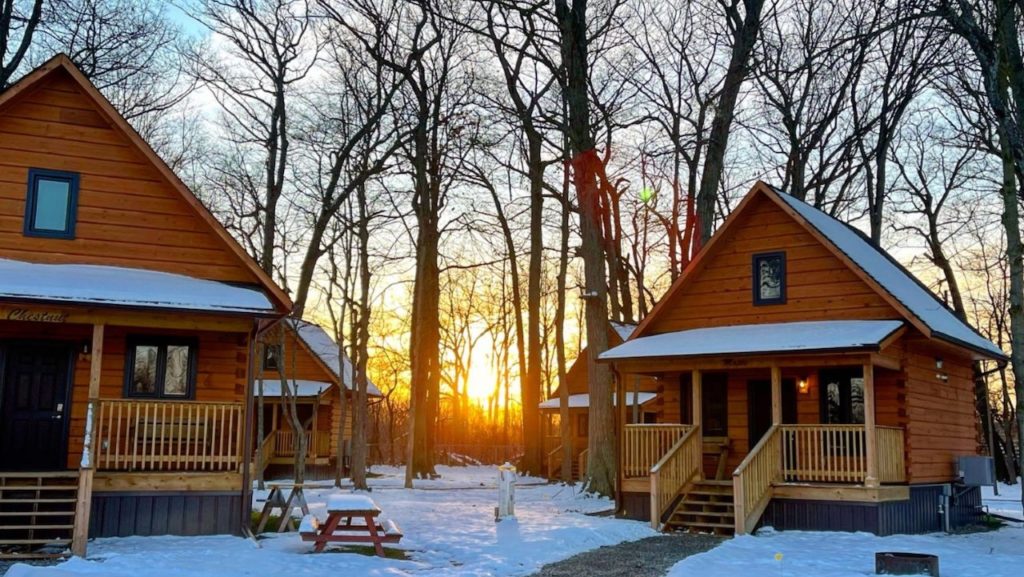Preserving Heritage: Indigenous People and their Unique Housing
The indigenous communities around the world have a rich cultural heritage that extends to their unique housing traditions. From sustainable building techniques to designs that reflect their deep connection with nature, indigenous housing is a testament to their resilience, wisdom, and harmonious relationship with the environment. In this blog post, we delve into the fascinating world of indigenous housing and the profound significance it holds for indigenous peoples.
Harmony with the Natural Environment: Indigenous housing is often designed to integrate seamlessly with the surrounding natural environment. The materials used, such as wood, stone, or earth, are sourced sustainably, minimizing the impact on the ecosystem. By incorporating eco-friendly elements and utilizing renewable resources, indigenous communities demonstrate their respect and stewardship for the land.
Traditional Building Techniques: Indigenous housing reflects the wisdom passed down through generations, incorporating traditional building techniques that have stood the test of time. From log cabins and igloos to longhouses and adobe dwellings, each indigenous culture has its own unique style and construction methods. These techniques not only provide practical shelter but also symbolize the cultural identity and craftsmanship of the community.
Spiritual and Symbolic Significance: Indigenous housing often carries deep spiritual and symbolic meanings. Structures are built with specific orientations, taking into account the movement of the sun, moon, or stars. Symbolic elements may be incorporated into the design, representing important cultural beliefs, ancestral connections, or protection against negative forces. Indigenous homes serve as sacred spaces where traditions are upheld, ceremonies are conducted, and spiritual connections are nurtured.
Community-Centered Living: Indigenous housing is typically designed with a focus on community and intergenerational living. Shared spaces, communal gathering areas, and extended family structures promote strong social bonds and support networks. These housing arrangements foster a sense of belonging, cooperation, and collective responsibility, allowing indigenous communities to thrive together.
Sustainable Practices: Indigenous housing often embraces sustainable practices long before they became mainstream. Techniques such as natural insulation, passive solar heating, and rainwater harvesting contribute to energy efficiency and reduced environmental impact. Indigenous communities demonstrate that sustainable living is not just a modern concept but an intrinsic part of their cultural heritage.
Indigenous housing stands as a testament to the deep-rooted connection between indigenous peoples and their ancestral lands. It embodies their cultural identity, sustainable practices, and respect for nature. As we appreciate the beauty and wisdom of indigenous housing, let us also recognize the importance of preserving these traditions and supporting indigenous communities in their efforts to maintain their cultural heritage.
By celebrating and honoring indigenous housing, we contribute to the preservation of their unique way of life. Let us foster awareness, respect, and appreciation for the wisdom and ingenuity displayed in the homes of indigenous peoples around the world.
#RentLife #IndigenousHousing #CulturalHeritage #SustainableLiving #TraditionalArchitecture #IndigenousWisdom
